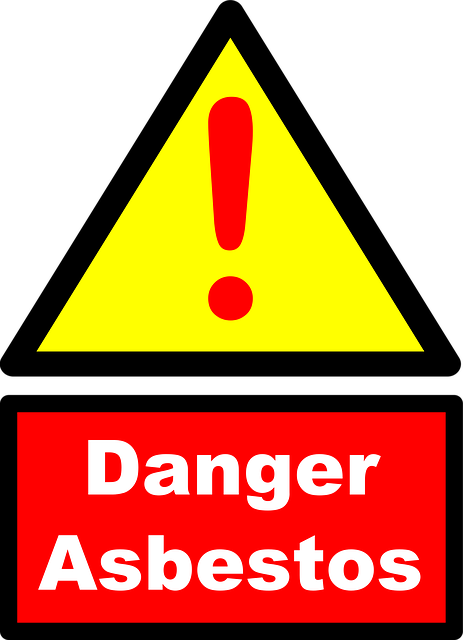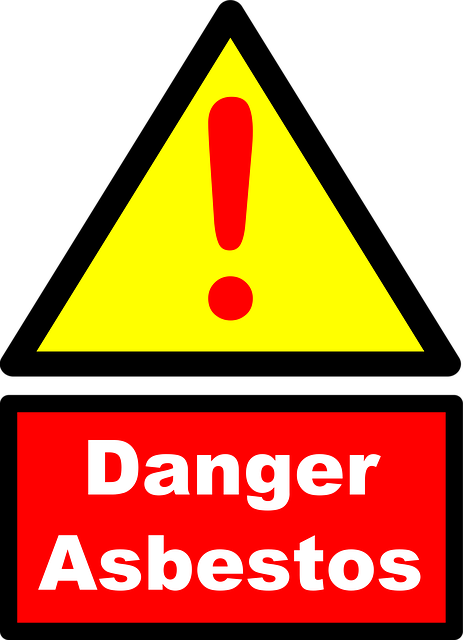Peoria Mesothelioma cases are linked to historical and current asbestos exposure in construction, shipbuilding, and manufacturing industries. With a long latency period, residents are now facing diagnoses decades after initial exposure. Early detection is key for treatment success, emphasizing the importance of awareness and regular check-ups for those with high-risk asbestos histories in Peoria. Understanding industrial hazards and implementing preventive measures like safe work practices and proper ventilation are crucial in combating this rare cancer. Community outreach programs targeting high-risk individuals can ensure timely screenings and treatment options for Peoria Mesothelioma patients.
In Peoria, as across the nation, mesothelioma poses a significant health risk. This aggressive cancer, largely linked to asbestos exposure, has unique dynamics within our community. This article delves into the specific risks of mesothelioma in Peoria, exploring identifying factors that put residents at risk and highlighting critical prevention and early detection strategies. Understanding these aspects is paramount for those concerned about their health and the well-being of our local population.
- What is Mesothelioma and Its Risks in Peoria?
- Identifying Risk Factors for Mesothelioma in Peoria's Population
- Prevention and Early Detection Strategies for Mesothelioma in Peoria
What is Mesothelioma and Its Risks in Peoria?

Mesothelioma is a rare and aggressive form of cancer that primarily affects the thin layer of tissue that covers internal organs, known as the mesothelial tissue. This cancer is most commonly associated with prolonged exposure to asbestos, a mineral once widely used in various industries due to its heat resistance and insulating properties. In Peoria, as in many other areas, workers in industries such as construction, shipbuilding, and manufacturing were historically exposed to asbestos, increasing their risk of developing mesothelioma.
The risks of mesothelioma in Peoria are significant, especially for individuals who worked in environments where asbestos was present without proper safety measures. Symptoms can include chest pain, shortness of breath, and unexplained weight loss, often appearing years after exposure. Due to the long latency period, many Peoria residents who were exposed to asbestos decades ago are now facing this devastating diagnosis. Early detection is crucial for effective treatment, emphasizing the need for awareness and regular check-ups for those with a history of high-risk exposures.
Identifying Risk Factors for Mesothelioma in Peoria's Population

In the context of Peoria, understanding mesothelioma risks involves identifying specific factors that increase the likelihood of this rare but aggressive form of cancer. Historically, areas with heavy industrial activity and exposure to asbestos are hotspots for mesothelioma cases. Since Peoria has a significant manufacturing and construction sector, workers in these industries face heightened risk. Asbestos was widely used in building materials until its dangers became widely known, leading to its phased-out use in the late 20th century.
Risk factors for Peoria Mesothelioma include duration and intensity of asbestos exposure, age at exposure, and overall health condition. Individuals who worked in environments where asbestos-containing materials were present, such as insulation, flooring, or automotive parts, are particularly vulnerable. Even low levels of exposure over a prolonged period can increase the chances of developing mesothelioma, making it crucial for residents with a history of industrial work to be vigilant about any unusual health symptoms.
Prevention and Early Detection Strategies for Mesothelioma in Peoria

In the fight against mesothelioma, a deadly cancer often associated with exposure to asbestos, early detection plays a pivotal role in improving patient outcomes. For residents of Peoria, Illinois, understanding the risks and implementing preventive measures is key to managing this disease. Regular medical check-ups, especially for those with a history of working in industries where asbestos was prevalent, can help identify potential symptoms at an early stage.
Peoria’s unique industrial history exposes its citizens to certain environmental hazards, including asbestos. Therefore, raising awareness about mesothelioma risks is essential. This includes educating people on the importance of safe work practices and proper ventilation when handling materials that may contain asbestos. Additionally, promoting a healthy lifestyle and diet can strengthen the immune system, which may aid in preventing and combating cancerous cells. Early detection strategies for Peoria’s Mesothelioma cases should also involve community outreach programs to ensure that high-risk individuals receive timely screenings and treatment options.
Mesothelioma risks in Peoria are a serious concern, but with increased awareness and proactive measures, residents can significantly reduce their exposure. By understanding the specific risk factors impacting Peoria’s population and implementing prevention strategies, early detection becomes more achievable. Educating oneself about mesothelioma and staying vigilant against potential hazards is key to navigating these challenges, ultimately leading to better outcomes for those at risk in the Peoria community.
